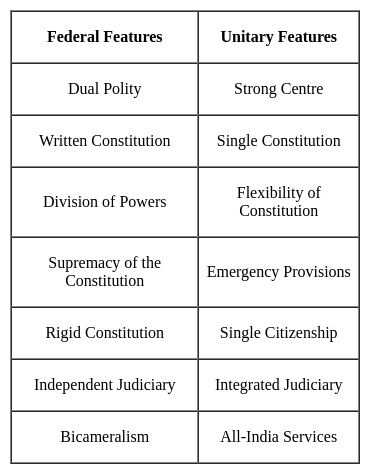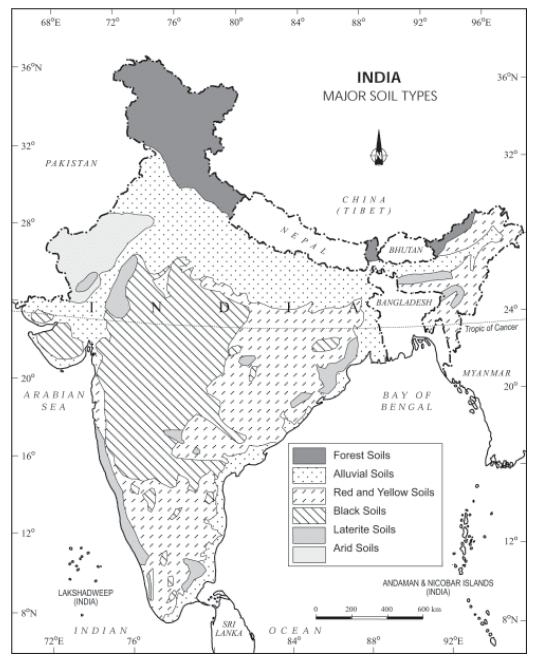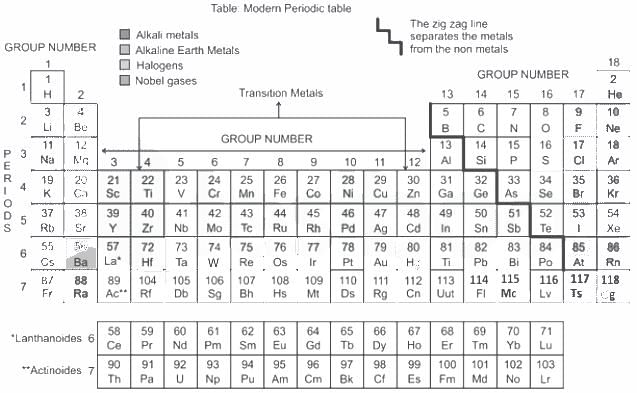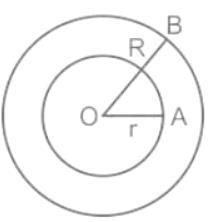SSC CGL Tier I Mock Test - 11 - SSC CGL MCQ
30 Questions MCQ Test - SSC CGL Tier I Mock Test - 11
Arrange the following words according to dictionary -
1. Exploit
2. Explosive
3. Exponent
4. Exposition
5. Explore
Select the option that is related to the fifth term in the same way as the second term is related to the first term and fourth term is related to third term.
AR37 ∶ DW44 ∶∶ PQ43 ∶ SV5O ∶∶ GF31 ∶ ?
Select the option in which the numbers shares the same relationship in set as that shared by the numbers in the given set. (NOTE: Operations should be performed on the whole numbers, without breaking down the numbers into its constituent digits. E. g. 13 – Operations on 13 such as adding / subtracting / multiplying etc. to 13 can be performed. Breaking down 13 into 1 and 3 and then performing mathematical operations on 1 and 3 is not allowed)
(144, 8, 4)
(256, 12, 4)
In a certain code language, PIKACOO is written as KRPZXLL. How will JERRY be written in that language?
Select the correct combination of mathematical symbols that can sequentially replace the * symbols and balance the following equation.
117 * 13 * 65 * 15 * 984
Which of the following numbers will replace the question mark (?) in the given series?
-34, -31, -25, -16, -4, 11, 29, ?
Choose from the four answer figures the figure that will be formed when question figure is folded into a box.
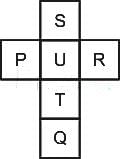
"Stopper" terminology is associated with which of the following sports?
Consider the following statements regarding frictional unemployment
A. It is a type of unemployment that arises during workers transition from one job to another.
B. Frictional unemployment tends to fall during the recession.
Which of the statements given above is/are correct?
The area enclosed between the circumferences of two concentric circles is 16π cm2 and their radii are in the ratio 5 ∶ 3. What is the area of the outer circle?
In the given figure, if ∠APO = 35°, then which of the following options is correct?
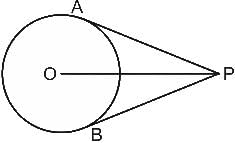
Directions: Each item in this section consists of a sentence with an underlined word followed by four words/group of words. Select the option that is nearest in meaning to the underlined word and mark your response on the answer sheet accordingly.
Education gives people the knowledge and skills they need to stay healthy, get jobs and foster tolerance.
Select the most appropriate word for the given group of words.
A list of names or things in a special order.
Choose the appropriate word to complete the given sentence
John must have the ____ to stick to his diet, if he wants to lose weight.
Select the option that can be used as a one-word substitute for the given group of words.
An imaginary society free from crimes and poverty



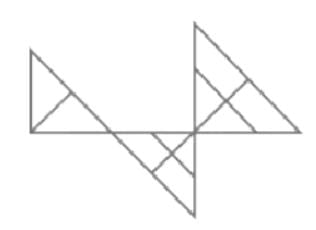
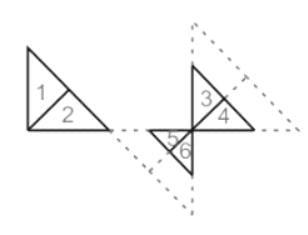
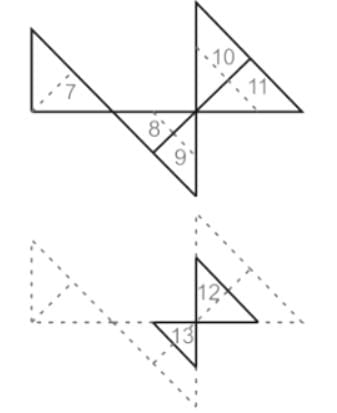
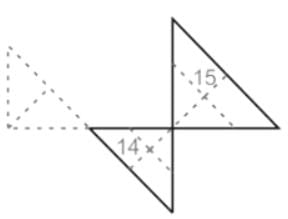


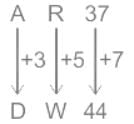
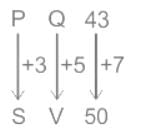
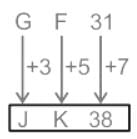

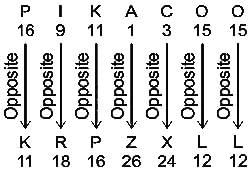
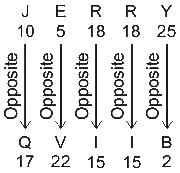

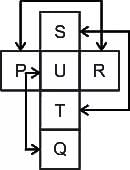
 → This figure cannot be the answer because from the above figure it is clearly seen that the face S is opposite to face T but in this figure face S is adjacent to the face T.
→ This figure cannot be the answer because from the above figure it is clearly seen that the face S is opposite to face T but in this figure face S is adjacent to the face T. → This figure cannot be the answer because from the above figure it is clearly seen that the face P is opposite to face R but in this figure face P is adjacent to the face R.
→ This figure cannot be the answer because from the above figure it is clearly seen that the face P is opposite to face R but in this figure face P is adjacent to the face R. → This figure cannot be the answer because from the above figure it is clearly seen that the face U is opposite to face Q but in this figure face U is adjacent to the face Q.
→ This figure cannot be the answer because from the above figure it is clearly seen that the face U is opposite to face Q but in this figure face U is adjacent to the face Q. → This figure satisfies the above conditions, Hence this figure will be the answer figure.
→ This figure satisfies the above conditions, Hence this figure will be the answer figure.